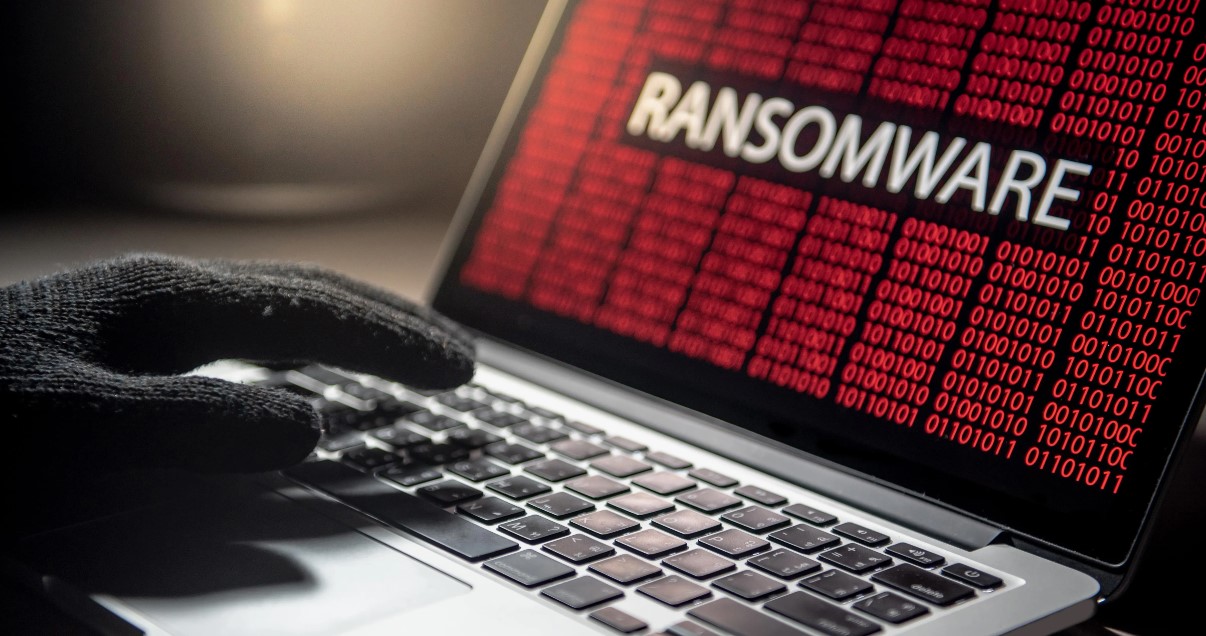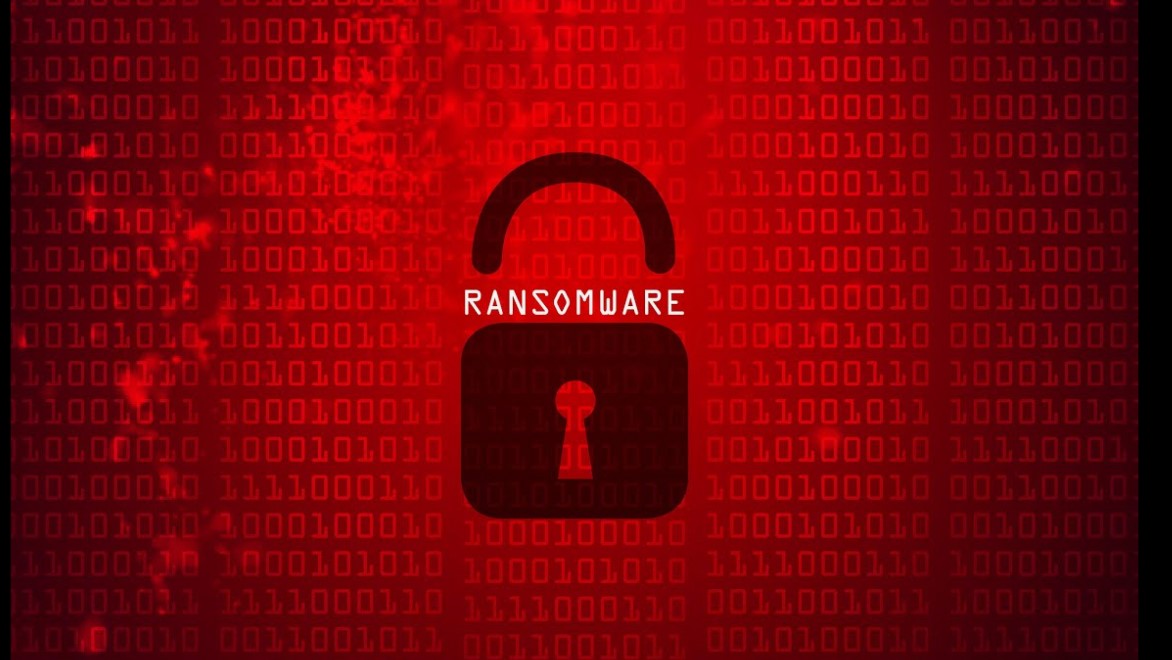Ransomware has evolved into one of the most severe and pervasive forms of cyberattacks. It is a type of malicious software (malware) that targets individuals, businesses, and organizations by denying access to vital systems or data. Attackers typically demand a ransom payment in exchange for restoring access or decrypting files. Over the past decade, ransomware in Dubai, like in other parts of the world, has rapidly grown in sophistication and has been responsible for some of the most devastating cyberattacks worldwide.
This comprehensive article explores the various types of ransomware, how it works, its significant impact on victims, why paying the ransom is discouraged, and detailed prevention and response strategies.
Types of Ransomware
Ransomware is not a one-size-fits-all cyber threat. Different variants of ransomware are tailored to achieve specific malicious goals. Understanding the various types of ransomware is critical to recognizing how they operate and what kind of damage they can inflict.
1. Blockers
Blocker ransomware is a type of malware that locks a user out of their system, either by displaying an immovable screen or preventing access to essential functions of the operating system. It doesn’t encrypt files but disrupts the user experience by hijacking the computer’s user interface.
– How it works: Once activated, blockers cover the computer screen with a ransom note demanding payment. These messages are often designed to mimic official notices from law enforcement agencies or other authoritative bodies, falsely accusing the victim of illegal activities such as piracy or viewing illegal content. The goal is to panic the user into paying the ransom as quickly as possible.
– Targets: Blockers frequently target users of mobile devices and desktop computers with less stringent security measures in place.
2. Encryptors (Ransomware)
Encryptors are the most common and damaging form of ransomware. They encrypt user files with advanced cryptographic algorithms, making them unreadable without the decryption key held by the attackers. The victim is then presented with a ransom demand, often requesting payment in cryptocurrency in exchange for the decryption key.
– How it works: After gaining entry to a system, the ransomware scans for files to encrypt—often targeting documents, images, videos, and databases. The encryption is nearly impossible to break without the correct key. Encryptor ransomware like WannaCry and Ryuk has inflicted billions of dollars in damage worldwide.
– Targets: Encryptor ransomware often targets organizations with valuable and sensitive data, such as healthcare providers, educational institutions, financial services, and government entities.

3. Wipers
Wipers are particularly destructive forms of malware. Although they might initially appear as ransomware by demanding a ransom, wipers are designed to destroy data rather than hold it for ransom. Even if the victim pays, the data may be permanently lost because it has been wiped from the disk.
– How it works: Wipers infect a system and begin deleting or overwriting data beyond recovery. In some cases, wipers disguise themselves as encryptors to trick victims into paying, despite there being no possibility of data recovery.
– Targets: Wipers are typically used in politically motivated cyberattacks or to cause maximum disruption in targeted sectors. An example is the NotPetya attack, which targeted multinational corporations and caused widespread data destruction.
How Ransomware Works
The process of a ransomware attack follows a carefully orchestrated series of steps, beginning with the infiltration of the system and ending with the ransom demand. Here’s a detailed breakdown of how ransomware attacks typically unfold:
1. Initial Infection
For ransomware to take hold, it needs an entry point into the target system. This initial infection is often facilitated through phishing emails, malicious attachments, or compromised websites. Users unknowingly download the malware, which then spreads through the system.
– Phishing Emails: Attackers send emails that appear to be from legitimate sources, tricking users into opening malicious attachments or clicking on dangerous links. These emails often masquerade as invoices, job offers, or urgent notices, preying on users’ trust and lack of attention to detail.
– Exploiting Software Vulnerabilities: Attackers also exploit unpatched software vulnerabilities, allowing the ransomware to bypass security measures and gain a foothold in the network.
2. Network Propagation
Once ransomware has infected one device, it attempts to spread to other devices within the network. This process can be incredibly rapid, especially in networks with weak security or inadequate segmentation. The ransomware may use lateral movement techniques to infect additional endpoints, file servers, and critical infrastructure systems.
– Lateral Movement: The ransomware scans the internal network for vulnerabilities and open connections, allowing it to propagate across multiple devices, increasing its impact.
– Credential Harvesting: Some ransomware strains steal administrator credentials, allowing attackers to further compromise the network and disable security defenses.
3. Execution and Data Encryption
After the ransomware has spread, it begins encrypting files on the victim’s system. It typically targets documents, databases, spreadsheets, and other valuable files. In some cases, ransomware may also delete backups, further complicating recovery efforts.
– Sophisticated Encryption: Modern ransomware uses strong cryptographic techniques, such as RSA or AES encryption, making decryption nearly impossible without the key. Some ransomware may even use double or triple encryption, heightening its potency.
4. Ransom Demand
After encrypting the data, the ransomware displays a ransom note on the screen. This note informs the victim that their files have been encrypted and provides instructions for paying the ransom, usually through cryptocurrencies like Bitcoin. The message may include a deadline, threatening to increase the ransom or permanently delete the data if payment is not received.

The Impact of a Ransomware Attack
Ransomware attacks can have far-reaching consequences that extend beyond just financial losses. The impact of these attacks can be categorized into several key areas:
1. Financial Losses
The most immediate impact of a ransomware attack is financial. In addition to the ransom itself, organizations incur substantial costs related to downtime, recovery, and cybersecurity improvements.
– Downtime: Organizations are often forced to shut down critical systems to prevent the further spread of the malware, resulting in lost revenue and productivity.
– Ransom Payments: While paying the ransom is strongly discouraged, some organizations feel compelled to do so to restore operations quickly. This ransom can range from a few thousand to millions of dollars, depending on the size of the organization and the nature of the attack.
2. Operational Disruptions
Ransomware attacks can grind business operations to a halt. When systems are locked or files are encrypted, employees may be unable to perform essential tasks. For hospitals, this can mean the inability to access patient records; for businesses, it could mean losing access to financial data or customer information.
– Critical Services: Public services, such as healthcare or transportation, can be severely affected, putting lives at risk. For example, ransomware attacks on hospitals have delayed surgeries and prevented access to patient records, endangering patients’ lives.
3. Data Loss
While organizations may be able to recover some data from backups, ransomware can result in permanent data loss. In cases where the ransomware has also compromised backups, the damage can be irreversible.
– Lost Intellectual Property: Companies may lose proprietary data, research, or intellectual property, putting them at a competitive disadvantage.
4. Reputational Damage
Ransomware attacks can cause severe reputational harm, particularly if sensitive data is compromised. Customers, clients, and partners may lose confidence in an organization’s ability to protect their information, leading to a loss of business and trust.
– Legal and Regulatory Consequences: If personal or financial data is compromised, companies may face lawsuits and regulatory penalties for failing to protect customer information in compliance with data protection laws.
Why Paying the Ransom Is Not Recommended
Despite the allure of quickly resolving the problem, paying the ransom is highly discouraged for several reasons:
- No Guarantee of Data Recovery: There is no certainty that paying the ransom will result in receiving the decryption key. In some cases, the attackers may simply take the money and disappear, leaving the victim with encrypted files.
- Continued Exploitation: Even if attackers provide the decryption key, they may continue to exploit the victim by selling stolen data or demanding additional payments.
- Encourages More Attacks: Paying the ransom funds cybercriminals and encourages further attacks. It perpetuates the ransomware business model and increases the likelihood that the same victim will be targeted again.
Prevention and Protection Against Ransomware
The best defense against ransomware is a proactive approach that includes robust security measures and a well-prepared incident response plan. Here are key steps to protect against ransomware:
1. Regular Data Backups
Regularly backing up data is one of the most effective ways to mitigate the damage caused by ransomware. Ensure that backups are stored offline or in a secure cloud environment, separate from the primary network, to prevent them from being compromised.
– Frequent Backups: Conducting daily or weekly backups ensures that minimal data is lost in the event of an attack.
– Backup Testing: Periodically test backups to ensure they can be restored effectively when needed.
2. Security Patching and Updates
Keeping software and systems up to date is critical to closing security vulnerabilities that ransomware can exploit. Many ransomware attacks target outdated software with known vulnerabilities.
– Automatic Updates: Enable automatic updates for operating systems, applications, and security software.
– Vulnerability Scanning: Regularly scan for vulnerabilities in your network and apply patches promptly.
3. Employee Training and Awareness
Human error is one of the leading causes of ransomware infections. Phishing emails, social engineering, and weak passwords are common attack vectors.
-Phishing Simulations: Conduct phishing simulations to test employees’ awareness and readiness to spot malicious emails.
– Password Hygiene: Implement strong password policies and multi-factor authentication (MFA) to secure user accounts.
4. Network Segmentation
Segmenting your network can limit the spread of ransomware by isolating critical systems from non-critical systems. This ensures that even if ransomware infects one part of the network, it won’t easily propagate to other sections.
– Zero Trust Architecture: Implement a Zero Trust approach to security, which assumes that every device, user, and application is a potential threat.
Responding to a Ransomware Attack
If a ransomware attack occurs, prompt action can mitigate damage and limit downtime. Here’s what to do:
1. Isolate Infected Systems
Immediately disconnect infected systems from the network to prevent the ransomware from spreading to other devices. Disconnect both wired and wireless connections and disable remote access.
2. Engage Incident Response Teams
Consult cybersecurity professionals or internal incident response teams to identify the ransomware variant, determine the extent of the infection, and plan an appropriate response.
3. Notify Authorities and Regulators
Depending on the jurisdiction and the nature of the attack, notify relevant authorities and regulators, particularly if personal data has been compromised. This may include law enforcement or data protection authorities.
4. Remove Malware and Begin Recovery
Once the ransomware has been contained, remove the malware and restore the systems using backups. If backups are unavailable, explore potential decryption tools, but proceed cautiously.
5. Post-Attack Remediation
After the attack, strengthen security measures, apply patches, and update incident response plans to prevent future incidents.
Conclusion
Ransomware remains a formidable threat in the cybersecurity landscape, impacting organizations across all industries. However, with proactive measures, awareness, and a well-defined incident response plan, the risks associated with ransomware can be mitigated. It is crucial to stay informed about the evolving tactics used by cybercriminals, continually update security practices, and maintain strong backups to minimize the impact of potential attacks.
Whether you are an individual user or an organization, understanding ransomware and taking preventive actions will significantly reduce your vulnerability to these devastating cyberattacks.

Football fan, shiba-inu lover, DJ, hand letterer and identity designer. Operating at the fulcrum of modernism and elegance to craft experiences that go beyond design. Let’s chat.
